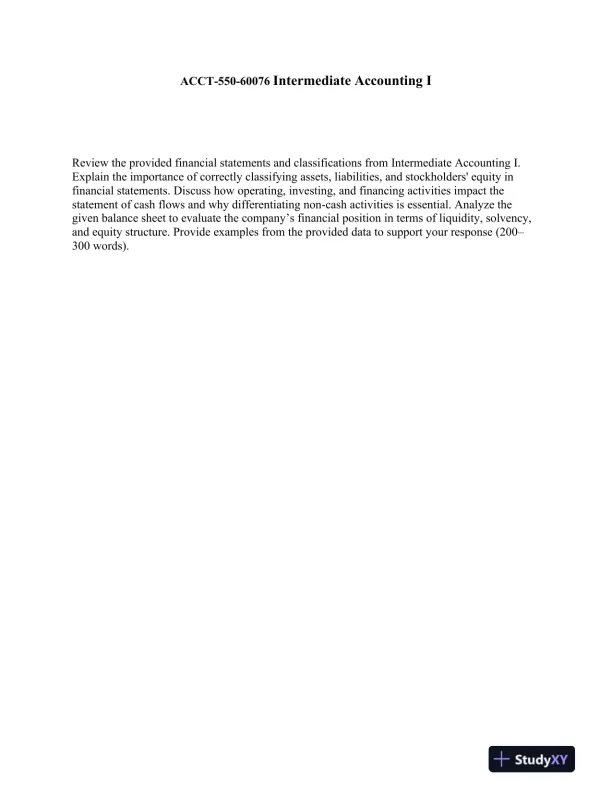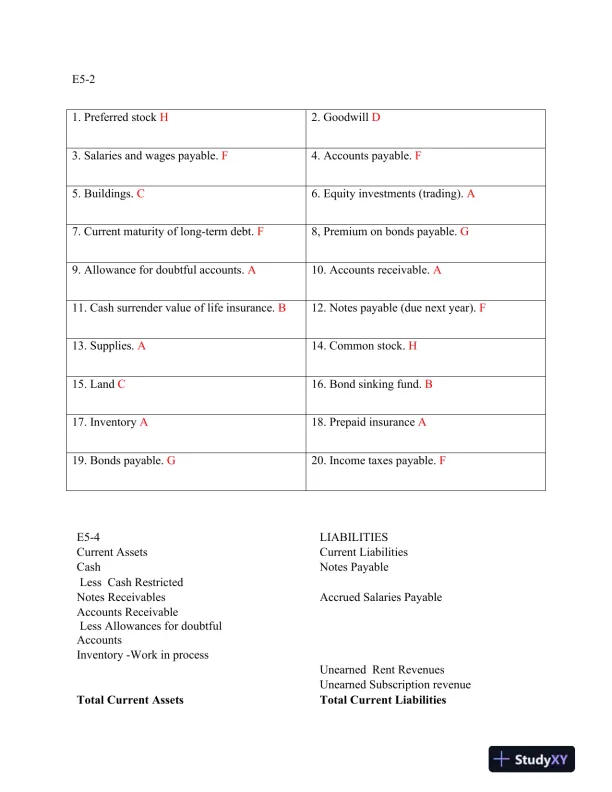Page 1

Loading page image...
Page 2

Loading page image...
Page 3

Loading page image...
Description: This paper covers fundamental concepts in intermediate accounting, focusing on financial statements and processes.
Loading page image...
Loading page image...
Loading page image...
This document has 8 pages. Sign in to access the full document!